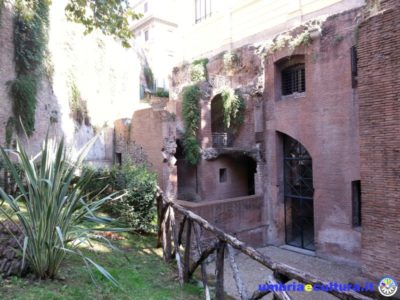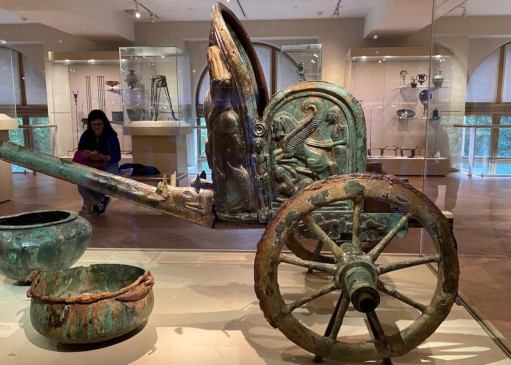Fourteen meters below the current road level, a stone’s throw from Termini Station and Via Nazionale in Rome, it is possible to discover the Horti Sallustiani, a little-known and fascinating monument that reveals the ancient “rural” aspect of this busy area in the center of Rome.
The Horti Sallustiani, the gardens realized for the enjoyment of the owner and his guests by the historian and senator of the Roman republic Gaius Sallustio Crispo in the first century b.C., left their memory in the building, now recovered and open to visitors.
The Romans called horti the houses with a large garden, built in suburban areas. They were a place of pleasure, where it was possible to live in isolation and in tranquility, but without the need to go too far from the city. Among the green vegetation there were often pavilions, arcades for strolling away from the sun, fountains, spas, temples and statues.
The horti of the historic Sallustio constituted, with the gardens and the villa, the largest monumental park in Rome, just think that they extended over a large area between today’s Via Salaria, Via Veneto, Via XX Settembre and the Aurelian Walls.
The building, which can be accessed, consists of a large circular room covered by a dome, similar to the Serapeum of Villa Adriana in Tivoli in whose walls some niches open; through two of these is the access two lateral rooms, perhaps of the nymphaeums.
A curiosity that gives the idea of the magnificence of these places: many famous sculptures come from the Horti Sallustiani, among them the Galata Morente preserved in the Capitoline Museums, the Galata Suicida and the Ludovisi throne now in Palazzo Altemps as well as the obelisk found in top of the Trinità dei Monti staircase.
Benedetta Tintillini
Find the Horti Sallustiani on Google Maps:



